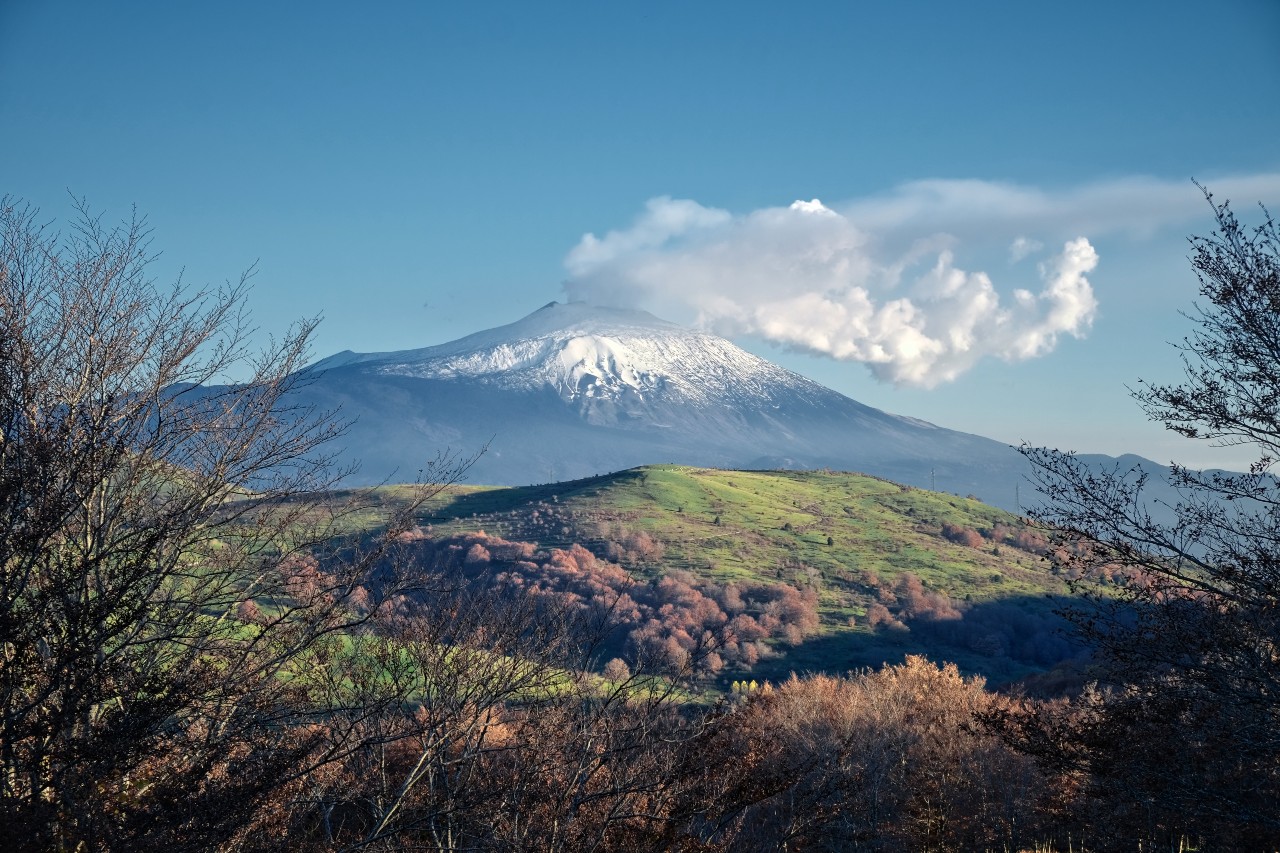Blog
The faces of Mt. Etna

Knowing Etna means approaching its slopes, macro areas into which the Etna terroir has been divided and which help to understand the enological richness of this area.
People who come in contact with “volcanic wines” do not simply drink Nerello Mascalese or Nerello Cappuccio, nor they merely sip Carricante or Catarratto. What they truly find are wines that have forged their identity within the active and dynamic terroir of the Etna and thus possess the strength of the homonymous denomination.
The Etna Doc is the very first Sicilian denomination, recognized since 1968. From then on, the territory underwent different operations and projects aimed at enhancing the wine industry: at present, the island is internationally renowned as an emerging wine territory. A good example is Catania: the province boasted the island’s widest vineyard area in the 1800s and hosts the largest number of agricultural business. The numerous palmenti found here are sound proofs of a lively rural and enological production.
Today, the Etna denomination counts over 1,100 hectares distributed at an altitude between 300 and 1,000 meters. Infinite nuances thrive within this vast wine heritage: Mt. Etna is one of numerous areas in Italy that boast a rich mosaic of different microclimates and biomes. The territory includes Mediterranean scrub, deciduous forests, perennial snows and volcanic deserts.
Knowing Mt. Etna means familiarizing with its “faces”: the macro areas in which the Etna terroir has been divided and which help us understand the richness of this area.
The “faces” of the volcano
Despite not being recognized as the result of official zoning operations, the different “sides” of the Etna are an excellent starting point to finding out how the wines from this area bring out various expressions based on their position with respect to the cone of the volcano.
Viticulture on the Etna is carried out in a large section, shaped like an inverted letter C, which surrounds «A’ Muntagna» from North to Southwest, distinguishing four specific areas.
Northern Slope | The Northern Slope is where the historic Palmento Costanzo vineyards in Castiglione di Sicilia can be found. The heart is in Contrada Santo Spirito, which boasts the widest area planted with vineyards and the highest number of wineries present. The territory is characterized by exceptional quality and is highly suitable to Nerello Mascalese (but also to Carricante), which yields red wines endowed with well-balanced structure, freshness and longevity.
Eastern Slope | The Eastern Slope overlooks the Ionian Sea and enjoys its influence. The area experiences more rain but is also well-ventilated. This is a “white” slope where Carricante brings out its utmost expressions, thanks to mild sunlight and less rocky soils. White wines from this side of the volcano reveal finesse, minerality and good longevity.
Southeastern Slope | The influence of the sea combines with the presence of mountainous elevations deriving from extinct volcanic cones. The soils have a mixed composition as the minerals present vary based on the deposits from the different volcanic eruptions. The slope’s southern exposure makes this area particularly sunny and suitable for both whites and reds. The wines from this area are harmonious, complex and mineral, at times even “fiery” due to the nature of the soils where the vines are planted.
Southwestern Slope | The Southwestern Slope is where we find Contrada Cavaliere, located in the municipality of Santa Maria di Licodia. This area yields grapes that Palmento Costanzo vinifies into a 100% Carricante bearing the same name. This side of the volcano can bring out incredible quality, a worthy challenger of the more famous Northern Slope. A distinctive trait of this area is the altitude of its vineyards: some rows are planted at heights that exceed 1,000 meters, where strong diurnal temperature variation facilitates the development of aromas. This is the slope of the sun: the area enjoys excellent sunlight, warm but not humid weather and good ventilation. The result are well-concentrated wines with bright colors and distinct aromas, unveiling enveloping and defined tannins.
